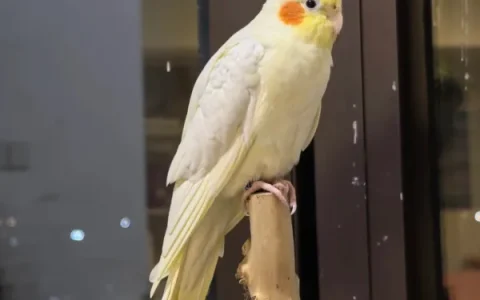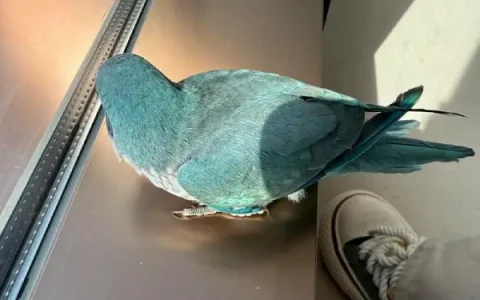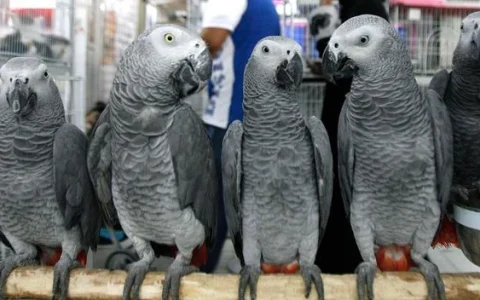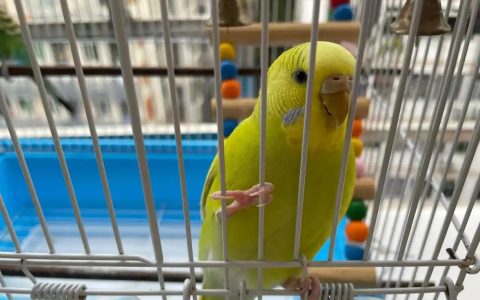Parrot biting can be confusing and distressing for owners. While parrots are intelligent and affectionate, they may bite due to fear, stress, territoriality, or lack of training. Understanding why your parrot bites is the first step toward correcting this behavior. In this guide, we’ll walk you through safe, effective, and compassionate ways to teach your parrot to stop biting, based on expert knowledge and avian behavior science.
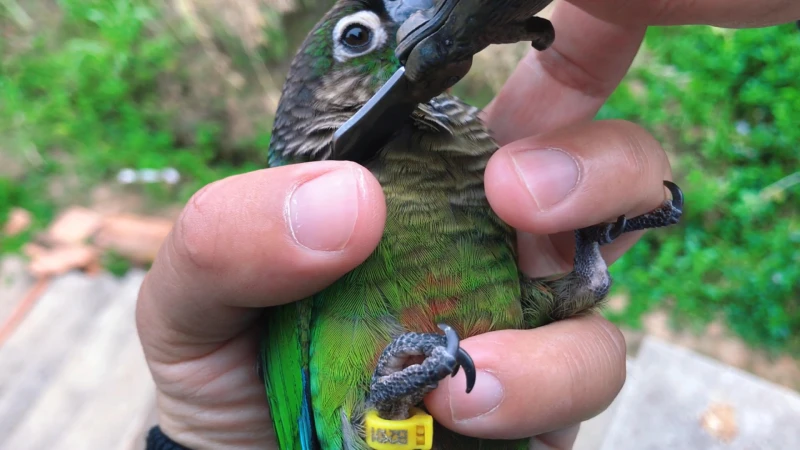
1. Why Do Parrots Bite? Understanding the Root Cause
Before correcting biting, it’s essential to understand why it happens.
Common Reasons for Biting:
- Fear or Trauma (e.g., rescue parrots, sudden movements)
- Territorial Behavior (especially around cage or nesting areas)
- Hormonal Changes (typically during breeding season)
- Lack of Socialization or Trust
- Misdirected Play or Overstimulation
- Pain or Illness (consult an avian vet to rule this out)
Expert Insight: According to a 2023 study published in the Journal of Avian Behavior Science, parrots with unresolved fear triggers showed 3× higher rates of defensive biting. (Source)
Always rule out health problems before assuming biting is behavioral.
2. Building Trust: The Foundation of Bite Prevention
Parrots don’t bite randomly—they bite when they feel unsafe or misunderstood. Building trust is the cornerstone of training.
Tips to Build Trust with Your Parrot:
- Respect personal space: Let your parrot come to you first.
- Use slow movements: Sudden gestures may be perceived as threats.
- Positive interactions only: Avoid yelling or punishing.
- Offer favorite treats from your hand to associate your presence with safety.
Behavioral Fact: Parrots are prey animals. Trust-building takes time and consistency. Patience is key.
3. Step-by-Step Training Plan to Stop Biting
Step 1: Observe and Record Biting Triggers
Keep a log for a week. Record:
- Time of day
- Location (e.g., near the cage)
- Your actions before the bite
- Body language of the parrot
Pattern tracking helps identify what situations escalate aggression.
Step 2: Use Positive Reinforcement (Not Punishment)
Reward calm, non-aggressive behavior.
- Clicker training: Pair a clicking sound with rewards for good behavior.
- Treat-based rewards: Use small portions of millet, fruit, or nuts.
- Target training: Use a stick or target object to guide behavior and avoid direct contact at first.
Consistency tip: Training sessions should be short (5–10 minutes), 1–2 times a day.
Step 3: Teach “Step-Up” Command Safely
The “Step-Up” command teaches your bird to step onto your hand without biting.
- Begin with a perch instead of your hand.
- Say “Step up” while gently nudging under its chest.
- If the parrot shows signs of stress (pinned eyes, raised nape feathers), pause immediately.
- Reward immediately when the bird complies without biting.
Step 4: Socialize Regularly
Expose your parrot to different environments and people gradually.
- New people should offer treats before attempting interaction.
- Use calming tones and avoid eye contact in the beginning.
Veterinary Note: Birds not exposed to variety early often exhibit fear-based aggression in adulthood.
4. Body Language Cues: Learn to Read Your Parrot
Understanding your parrot’s pre-bite signals can help you intervene early.
Warning Signs of Biting:
- Pinned pupils (dilating and contracting rapidly)
- Fluffed feathers or crouched posture
- Beak grinding or tongue flicking
- Lunging or open beak
When you see these, give the parrot space. Avoid escalating the situation.
5. What Not to Do: Common Mistakes
- Don’t hit, shake, or spray water – this damages trust.
- Don’t yell – parrots respond to tone and emotion.
- Don’t force interaction – especially when the bird retreats.
- Don’t withdraw attention completely – this can reinforce negative behavior.
Harsh discipline leads to fear biting, which is harder to fix.
6. When to Seek Professional Help
If the biting persists despite consistent efforts:
- Consult an avian veterinarian to rule out pain, injury, or hormonal imbalance.
- Work with a certified avian behaviorist who can customize a behavior modification plan.
Authority Resource: IAATE – International Association of Avian Trainers and Educators
7. Conclusion: Be Your Parrot’s Safe Space
Parrots bite not because they’re “mean,” but because they’re stressed, scared, or misunderstood. With trust, patience, and positive training methods, even a biting parrot can become a confident and affectionate companion.
✅ Quick Recap:
- Understand the root cause of biting.
- Build trust and observe triggers.
- Use positive reinforcement training.
- Learn your bird’s body language.
- Avoid punishment-based methods.
Frequently Asked Questions (FAQ)
Q1: How long does it take to stop biting behavior?
A: It depends on the parrot’s history and consistency of training. Some improve in weeks, others in months.
Q2: Should I use gloves to handle a biting parrot?
A: No. Gloves can reduce sensitivity and frighten the bird more. Use a perch instead during training.
Q3: Is biting a sign of dominance?
A: Not necessarily. Most biting is fear- or stress-based, not about “dominance.”
Article title: How to Teach a Parrot to Stop Biting – Training Guide
Article link: https://www.parrot234.com/how-to-teach-a-parrot-to-stop-biting/
Disclaimer: The content of this site is contributed by users, compiled from the Internet, or edited by AI, so no guarantee can be made for the authenticity of the content! Please judge the authenticity of the content by yourself! However, if you find any suspected: plagiarism, infringement, illegal and irregular, suspected fraud, false and bad content, please contact this site in time through the "Contact & Suggestion" channel at the bottom. This site always maintains an active and cooperative attitude to deal with various problems, so after receiving the email, the corresponding content will be deleted!

